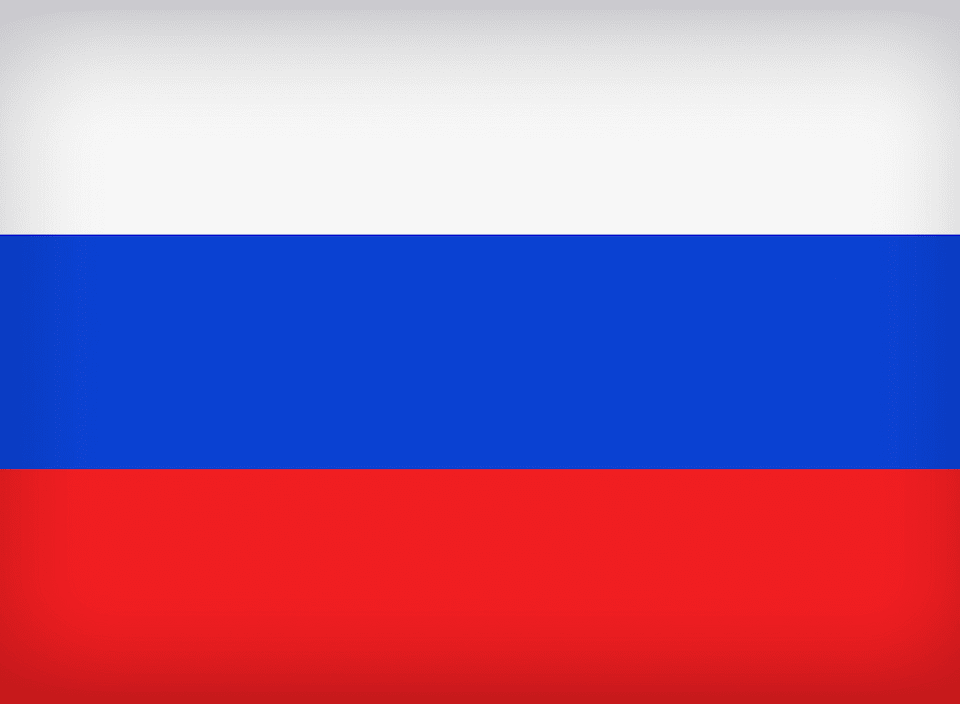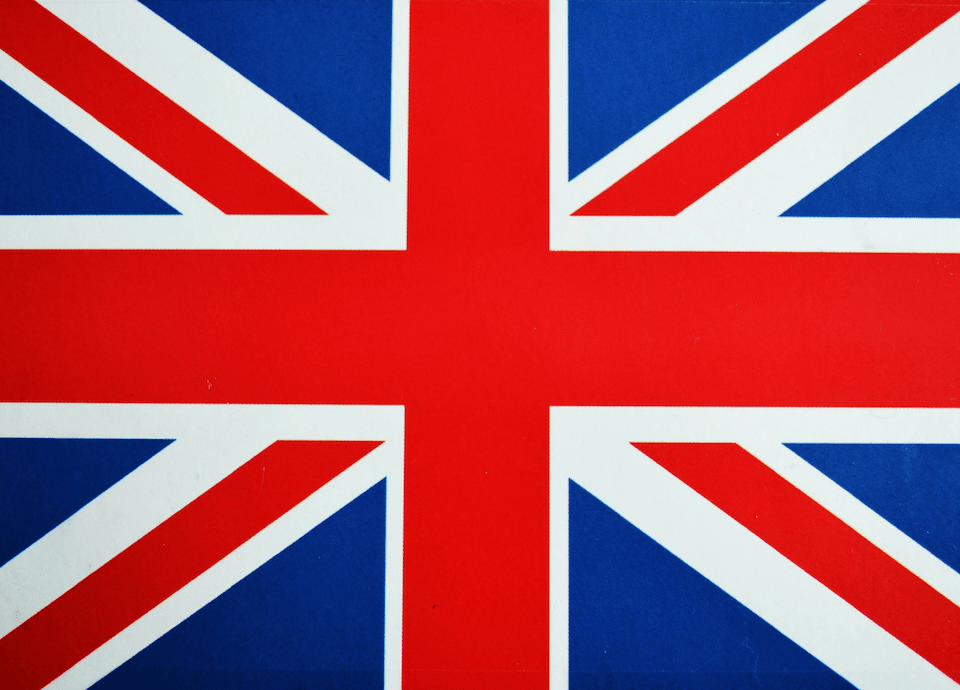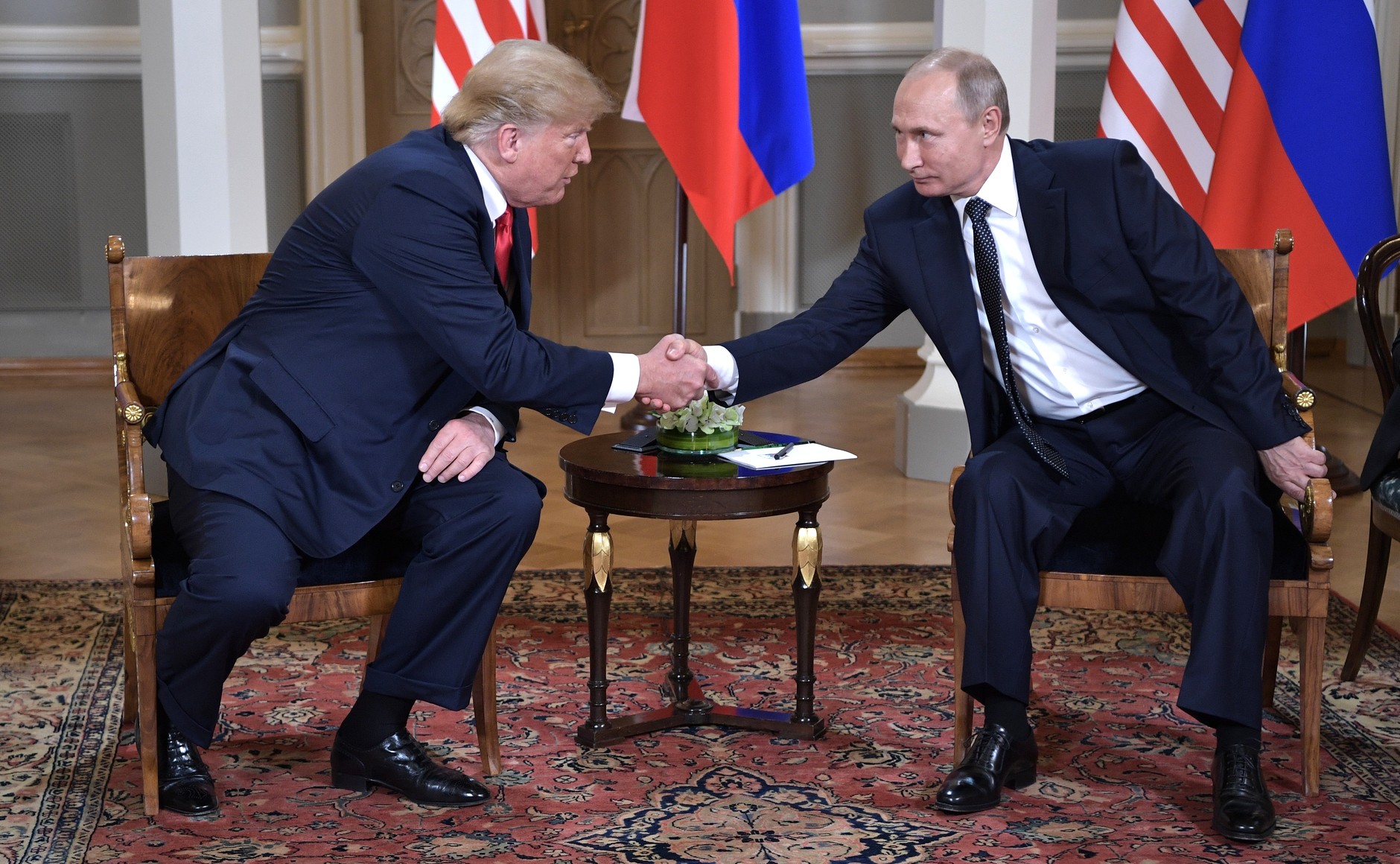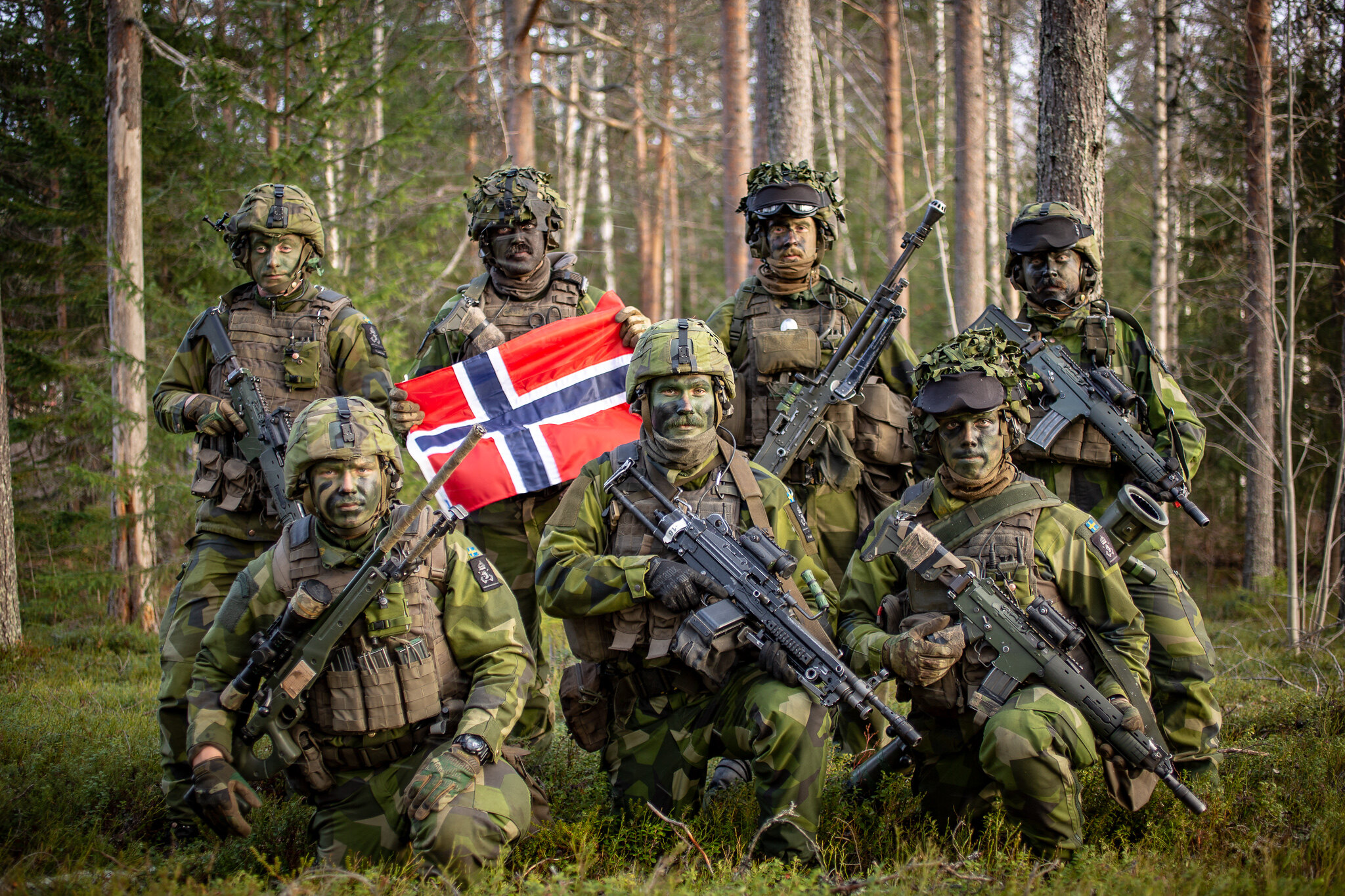Will the new initiatives of Brussels be able to eliminate the catastrophic shortage of artillery ammunition of the AFU?
On May 5, the EU Council approved the joint purchase of shells for the Ukrainian Armed Forces and the replenishment of their armies' reserves at a cost of 1 billion euros. The 155mm NATO caliber artillery shells and, if necessary, missiles will be purchased through the European Peace Facility from the European defense industry.
The announcement specifically states that under this program, ammunition will be purchased only from EU and Norwegian companies. If, contrary to expectation, raw materials and components produced in other states are used, the final assembly must still be carried out in the EU and Norway, which is not part of the European Union, but is a NATO member.
This was insisted upon by France, which had previously blocked this initiative, seeking to support the European defense industry. The logic was as follows: if the production is located in one of the countries of united Europe, and the gunpowder is made in South Korea, it is unacceptable for Paris.
It is stipulated that procurement contracts or purchase orders must be entered into by September 30, 2023 through the European Defense Agency (EDA) or through joint procurement projects led by any European Union country.
Back in March, EU High Representative for Foreign Affairs and Security Policy Josep Borrell announced his three-part "shell plan."
First, it was proposed to allocate 1 billion euros from the European Peace Facility for entirely non-peaceful purposes - to pay a number of European Union countries' debts for the transfer of ammunition to Ukraine between February 9 and May 31. Second, to allocate another 1 billion euros for the joint purchase of artillery shells in order to replenish its own stockpiles and provide ammunition to Ukraine in the medium term through the European Defense Agency. Third, to increase the capacity of the defense industry in EU countries for the needs of their armies.
On May 3, the European Commission approved a legislative proposal to address the shortage of ammunition, missiles and their components. It is planned to allocate 500 million euros for this purpose. At the same time, Brussels urged EU countries to mobilize another 500 million euros of investment in projectile production. The European Commission expects a quick adoption of the relevant law by the European Parliament and the EU Council by the end of June.
It turns out that the plan proposed by Borrell has in general begun to be implemented. The self-satisfied Josep, speaking a couple of days ago at a forum in Italy, said that he felt like a defense minister and not the EU's chief diplomat because he was always counting shells. This is what it's come to.
I should note that the determination of the usually unhurried European Union was spurred on by another meeting in the "Ramstein format," which was held at the American airbase of the same name in Germany on April 21. Lloyd Austin, head of the Pentagon, gave a direct order to the participants of the Contact Group on Ukrainian Defence to concentrate on the purchase of ammunition. They amicably took the lead.
I recall that at the beginning of the year, 18 EU countries promised Ukraine to transfer 1 million artillery shells within 12 months.
At the end of March, Russian President Vladimir Putin assessed this initiative in an interview with the TV channel Rossiya 24.
"Here you said about a million shells, about the supply of tanks. But look: is a million a lot or a little? This is a very decent number... First of all, the leading NATO countries, for example, the United States of America, based on the sources that we have, produce 14-15 thousand shells every month... The Ukrainian armed forces, according to our military calculations, use up to five thousand shells per day of combat operations. And in the United States they only produce 15 (thousand) per month."
The President added that next year the NATO countries plan to produce 42 thousand munitions per month, in 2025 - 75 thousand. "We do not know yet what will happen in 2025, but right now, this year, they are producing 14-15 thousand (units of ammunition per month), while the AFU spends up to five thousand per day of combat operations," Putin noted.
So that's the arithmetic.
NATO Secretary General Jens Stoltenberg has somewhat different data. He stated that the current battles are so intense that Ukraine is using 4,000 to 7,000 artillery shells a day. While Russia uses 20,000. That is four to five times more.
Other Western analysts suggest a different proportion - 1:6.
By the way, at the end of last year, the Ukrainian Defense Ministry reported that the state concern Ukroboronprom had established the production of 152mm shells for Soviet-type guns, which are in service with the AFU. But this seems to have become a common boast. The supplies turned out to be so insignificant that they were not even close to eliminating the projectile famine. There are talks about the restoration of production facilities for such ammunition in Poland, Bulgaria, and the Czech Republic. But it is not going to happen overnight.
Why, then, do the United States and its allies demand Kiev to launch a counteroffensive? After all, without aviation and reliable artillery support, it would be suicidal.





